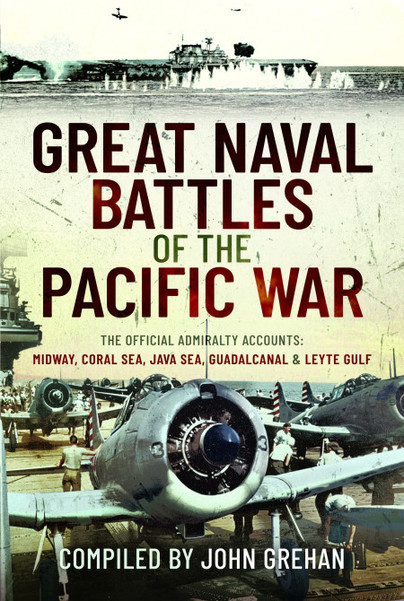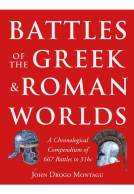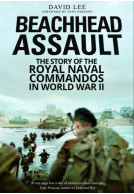Okinawa: The Last Naval Battle of WW2 (Hardback)
The Official Admiralty Account of Operation Iceberg

Pages: 256
Illustrations: 8 page b&w section
ISBN: 9781399091930
Published: 23rd November 2022
(click here for international delivery rates)
Order within the next 1 hour, 33 minutes to get your order processed the next working day!
Need a currency converter? Check XE.com for live rates
| Other formats available - Buy the Hardback and get the eBook for £1.99! | Price |
|---|---|
| Okinawa: The Last Naval Battle… eBook (4.5 MB) Add to Basket | £6.99 |
Having all but swept the Japanese Imperial Navy from the vast expanse of the Pacific Ocean, the Allied forces stood on the brink of invading the Japanese Home Islands. The launching pad for the invasion was to be the island of Okinawa.
Amid the terrible slaughter and the shocking casualty statistics of the US Tenth Army and the US Marines, as well as the unrelenting defiance of the Japanese defenders so often detailed in the many books on the battle, the vital part played by the Allied navies in transporting, landing and supporting the ground offensive is all too often overlooked.
The naval forces involved included the US Task Force 58 and the British Pacific Fleet composed of ships from the Royal Australian Navy, the Royal Canadian Navy, and the Royal New Zealand Navy which together with those of the Royal Navy constituted the most powerful fleet Britain had ever put together.
The total firepower of the Allied force was staggering, consisting of 18 battleships, 27 cruisers, 177 destroyers/destroyer escorts, 11 fleet carriers, 6 light carriers and 22 escort carriers and various support and troop transport ships. Pitted against this formidable array was the Japanese Combined Fleet, with just one super battleship, one light cruiser and eight destroyers. But the Japanese had one other fearful weapon – the kamikaze.
The resultant battle saw the Japanese fleet wiped out, but the Allies lost twenty-four support vessels and a further 386 ships were damaged – many at the hands of the kamikaze pilots.
After the fighting the Admiralty called for a summary of the battle to be written for internal Royal Navy consumption. It is that secret report, which it was never intended would be seen by the general public, that is published here for the first time.
"It may never be an easy or enjoyable read, but for any researcher interested in learning what happened rather than what subsequent authors have opined, this is an essential starting point."
Nautical Research Journal - Volume 69 (2024)
A worthy 4 out of 5
Army Rumour Service (ARRSE)
Read the Full Review Here
Okinawa: The Last Naval Battle of WW2 is an excellent book that provides a comprehensive and well-researched account of one of the most important battles of World War II.
The History Fella
Read the Full Review Here
The general summary of the official account of Operation Iceberg in which the Royal Navy’s British Pacific Fleet participated with the Americans is comprehensively documented in this book. It is very useful reference giving an insight into the campaign and conveys a sense of the intense action of the war at sea, on land and in the air against a formidable and courageous enemy in the Pacific. The text is accompanied by black and white photographs, seven detailed appendices, and an index of warships and auxiliaries. Having been kept secret by the authorities for many years since the ending of the Second World War, John Grehan had produced a valuable and worthy contribution to naval history.
Roger Coleman, The Wessex Branch of the Western Front Association
Review as featured in
Sussex Local (Chichester)
"Highly recommended for both the general reader as well as those with a deeper interest in the war in the Pacific."
Martin Willoughby, The Wessex Branch of the Western Front Association
About John Grehan
JOHN GREHAN has written, edited or contributed to more than 300 books and magazine articles covering a wide span of military history from the Iron Age to the recent conflict in Afghanistan. John has also appeared on local and national radio and television to advise on military history topics. He was employed as the Assistant Editor of Britain at War Magazine from its inception until 2014. John now devotes his time to writing and editing books.
The key naval battles against Imperial Japan in the Pacific during the Second World War have been described many times by numerous diligent and skilful historians. Such histories are, of course, the products of many years, even decades, of accumulated knowledge, but also of a received consensus of how the war played out to its, seemingly, inevitable conclusion. That of course is not how it was perceived at the time. Hindsight, as we know, gives us 20/20 vision. The accounts here, compiled for and on behalf of the Admiralty, were written either during or immediately after the end of the war before…
By John GrehanClick here to buy both titles for £50.00





















